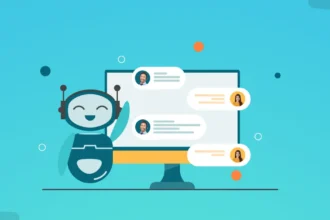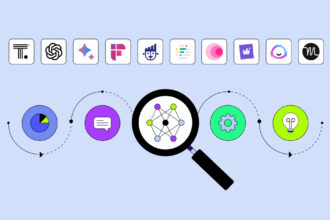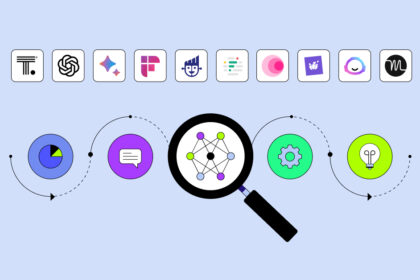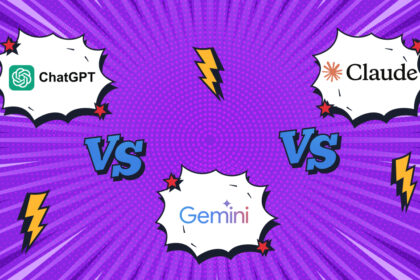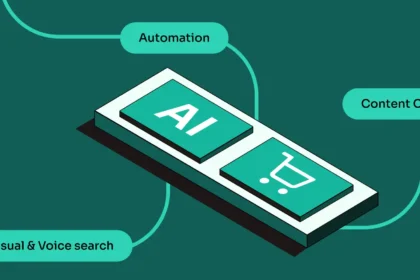The term “artificial intelligence” (AI) is hard to ignore in today’s fast-changing digital world. AI is behind everything you do online, from reading the news to watching a tech review to shopping. But what is AI, really? And how can a beginner learn the basics of it?
This all-in-one guide is meant to be a useful resource for anyone who wants to learn the basics of AI, see how it works, and understand why it matters in today’s world.
1. What is Artificial Intelligence?
What is AI?

Artificial intelligence is when machines act like people do. When computers or systems do things that usually need human intelligence, like learning, solving problems, making decisions, and understanding language, that’s what it means.
The main goal of AI is not to copy how people think exactly, but to make systems that can solve problems, learn new things, and work on their own or with some help.
AI for Beginners: Why It’s Important

If you want to know more about the future, whether you’re a student, business owner, developer, or just curious, learning about AI will give you useful skills in many fields. It’s not just about robots or science fiction. AI is what makes search engines, smartphones, medical tests, and self-driving cars work.
For beginners, learning about AI can lead to new job opportunities, help people make better decisions, and improve their digital literacy in a world where smart systems are becoming more common.
2. The History of AI: From Ideas to Real Life

Artificial intelligence isn’t a new idea. Its origins go back to classical philosophy, when philosophers argued about what the mind and intelligence were. But the term “artificial intelligence” was first used in 1956 at the Dartmouth Conference, which was a big deal because it was the start of AI as a field of study.
Important Events in AI History
- Alan Turing comes up with the “Turing Test” in the 1950s to test how smart machines are.
- 1956: The Dartmouth Conference makes AI a real scientific field.
- In the 1980s, expert systems used rule-based logic to make decisions like people do.
- In 1997, IBM’s Deep Blue beat Garry Kasparov, the world chess champion.
- In 2011, IBM Watson won Jeopardy!, showing that it could understand natural language.
- In 2016, Google’s AlphaGo beat Lee Sedol, the Go champion.
- In the 2020s, AI becomes common thanks to tools like ChatGPT, Siri, and self-driving cars.
3. Important Ideas and Kinds of AI
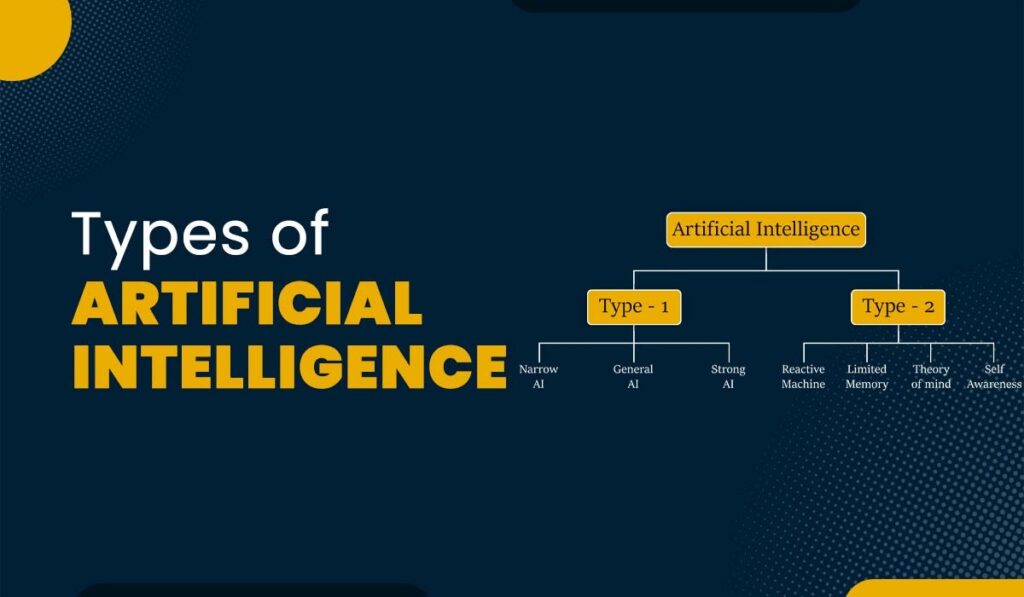
It’s helpful to break down artificial intelligence into its main parts and types to get a better idea of how it works.
Narrow AI and General AI
- Narrow AI (Weak AI): This type of AI is made to do one thing, like voice assistants or recommendation engines. This is the most common type of AI right now.
- General AI (Strong AI): A hypothetical system that can learn and understand any intellectual task that a person can do. It is still a goal, not a reality.
Important Parts of AI
- Machine Learning (ML): Algorithms that learn from data without being told how to do it.
- Deep Learning: A type of ML that uses neural networks to model complicated patterns.
- Natural Language Processing (NLP): Lets computers understand and make sense of human language.
- Computer Vision: Lets machines understand and analyse pictures and videos.
- Robotics: Combines AI with real machines so they can do tasks on their own.
4. What is AI and How Does It Work?
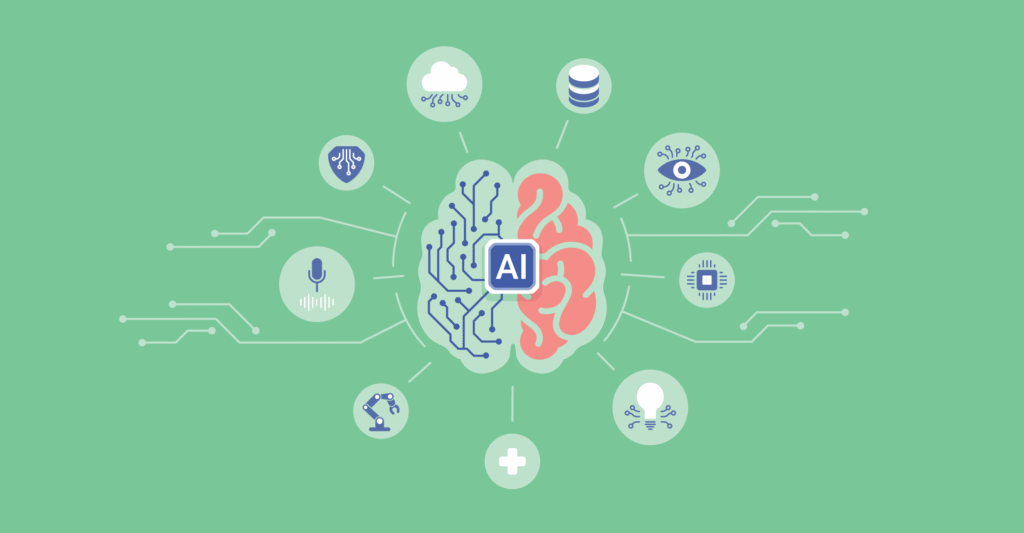
To understand how AI works, you need to look at data, algorithms, and computing power.
A Step-by-Step Guide
- Data Collection: AI systems need a lot of data to learn from.
- Preprocessing: Cleaning and formatting the data for training.
- Choosing an Algorithm: Models are chosen based on the job, like classification or regression.
- Training: The AI system looks for patterns in the data.
- Evaluation: Validation datasets are used to test performance.
- Deployment: The model is put into use in real-world apps.
- Iteration: Systems get better all the time with more data and feedback.
Example: Spam Filter for Email
An AI spam filter figures out how to find junk emails by looking at millions of messages. It looks for patterns like links that seem fishy, certain phrases, or how the sender acts. It gets better at telling the difference between spam and real emails over time.
5. AI in Action in the Real World

AI is already a part of our lives, even if we don’t see it.
Uses in Daily Life
- Smart Assistants: Siri, Alexa, and Google Assistant use NLP to understand voice commands.
- Streaming Platforms: Netflix and YouTube suggest shows and films based on what you’ve watched before.
- E-Commerce: Amazon uses AI to make product suggestions that are right for you.
- Healthcare: AI helps with surgery, diagnosing diseases, and even looking at medical images.
- Finance: AI is used for things like finding fraud, scoring credit, and trading with algorithms.
- Transportation: AI makes decisions in real time for self-driving cars and route optimisation tools.
6. Pros and Cons of Artificial Intelligence
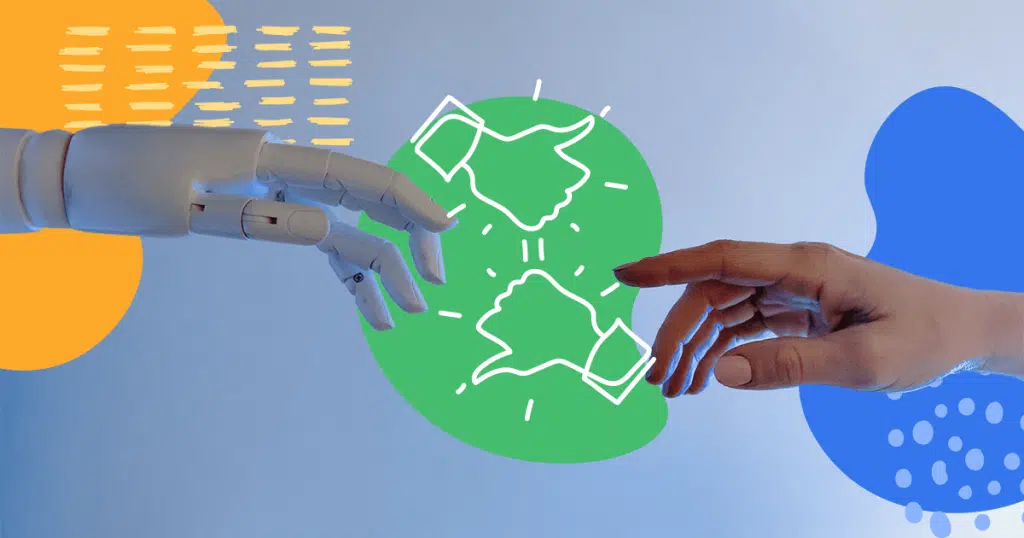
Pros
- Efficiency: AI can do things faster and more accurately than people can.
- Availability: AI systems are always available; they don’t need breaks, sleep, or holidays.
- Scalability: Systems can be made bigger to handle more data and tasks.
- Savings: Automation cuts down on the cost of human labour in many fields.
- Innovation: AI is responsible for new discoveries in science, medicine, and technology.
Limitations
- Data Dependency: The performance of AI depends on having good, unbiased data.
- Lack of Generalization: Most AI systems can’t use what they know for tasks other than the ones they were made for.
- Transparency: A lot of AI models are “black boxes” that are hard to explain.
- Ethical Risks: AI can make bias, discrimination, and false information worse.
- Job Loss: Automation could take over some jobs, especially those that are repetitive.
7. Ethical Issues and Problems
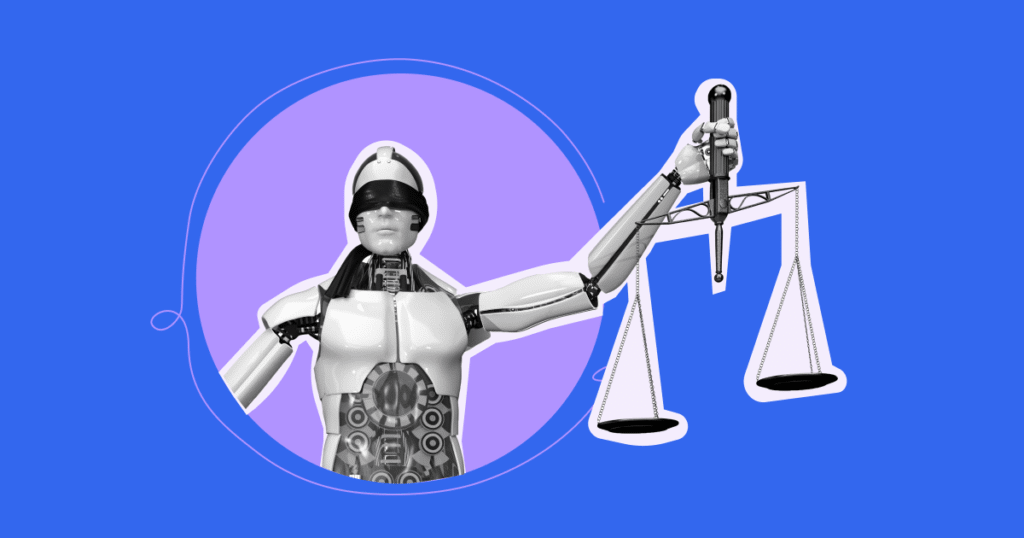
As AI gets stronger, it raises moral questions.
Big Worries
- Bias and Fairness: AI can get human biases from the data it uses.
- Privacy: AI that uses data can violate users’ privacy.
- Responsibility: Who is to blame when AI makes a mistake?
- Autonomy: Should AI systems be able to make important choices, like in war or the law?
To make AI responsibly, it needs to be open, fair, and watched over all the time. A lot of businesses and governments are now making AI ethics frameworks to help with safe and fair new ideas.
8. Ways to Learn AI That Will Last
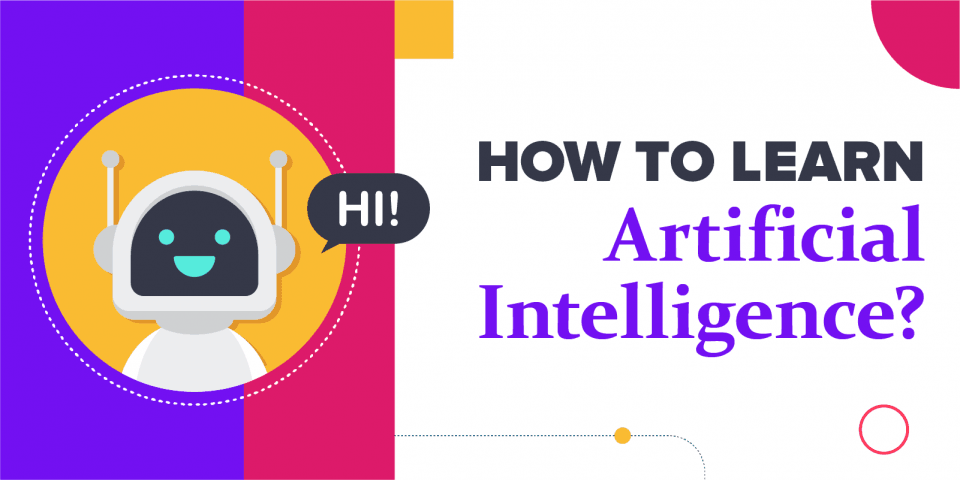
How to Get Started as a Beginner
- Learn the Basics: Take beginner-friendly courses on sites like Coursera, edX, and Khan Academy to get started.
- Learn the Maths: Know how to do basic statistics and linear algebra.
- Explore Programming: Python is the most popular language for making AI.
- Practice with Projects: Get some hands-on experience with tools like TensorFlow or Scikit-learn.
- Follow AI News and Journals: Get the latest news from reliable sources like MIT Technology Review and arXiv.
Suggested Resources
- Artificial Intelligence: A Modern Approach by Stuart Russell and Peter Norvig
- Deep Learning by Ian Goodfellow, Yoshua Bengio, and Aaron Courville
- YouTube Channels: Two Minute Papers, Sentdex, and DeepLearningAI
9. Resources and Advice from Experts

People who are new to AI might feel like the path is too much to handle, but there are many good resources to help you learn.
Best Free Tools for Newbies
- Google Teachable Machine: A simple way to make AI models.
- MIT Scratch AI Extensions: Teach kids and beginners how AI works.
- IBM Watson Studio: Lets you explore data and train models.
- Kaggle: A community-driven platform for datasets and data science competitions.
Advice from an Expert
- Start with small steps and keep going.
- Before you start writing complicated code, make sure you understand the ideas behind it.
- Get involved in AI communities and forums, such as AI Stack Exchange or Reddit’s r/MachineLearning.
- Don’t be scared to try new things and make mistakes.
10. Last Thoughts: Why It’s Important to Know AI
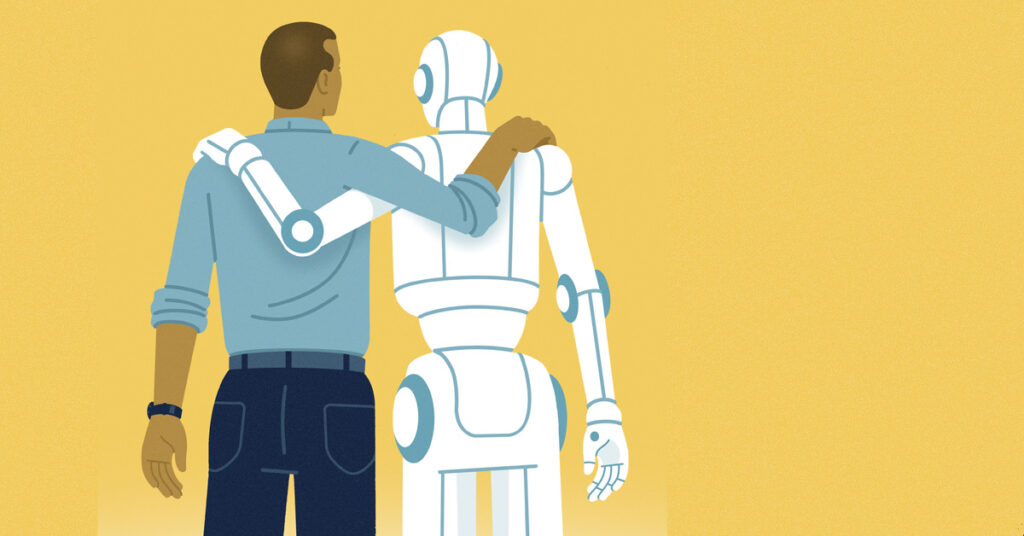
AI isn’t just a buzzword or a trend; it’s a big change in the way we use technology and solve problems. It’s no longer optional to know the basics as AI becomes more and more a part of our lives. It’s a very important skill for getting through the future.
This guide to what artificial intelligence is gives anyone who wants to learn about the field a good start. Whether you’re just starting to learn about AI or are just curious about how it works, taking the time to learn now will pay off for years to come.



